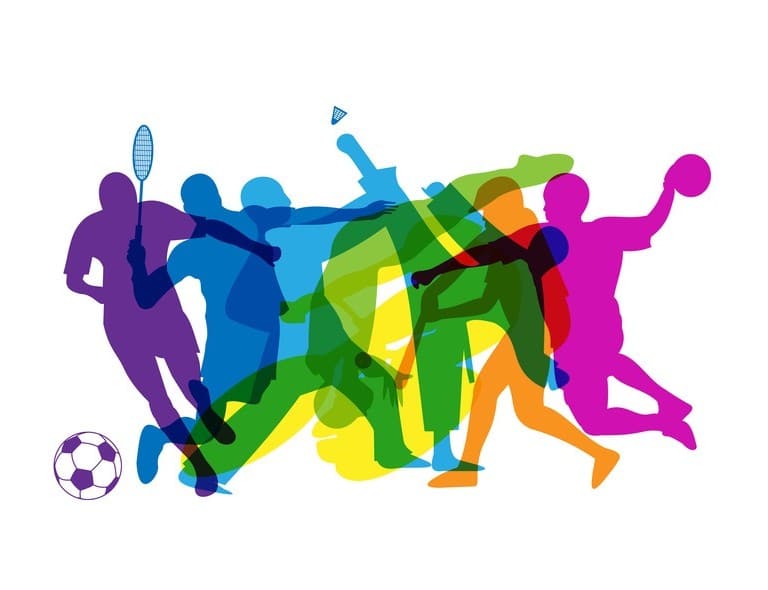Sometimes, being injured is harder psychologically than it is physically.
In order to return to the activities you love after an injury, it is crucial to consider the emotional toll being sidelined with an injury has on recovery. Many people become frustrated, angry, and depressed after an injury, which is a normal response to a disruption in training.
Athletes may also become fearful after an injury, which can be a barrier to returning to competition. Many athletes have a type of post-traumatic stress disorder, especially if they have suffered a very traumatic accident like a bike or ski crash.
This fear can greatly inhibit recovery, as a study published in the American Journal of Sports Medicine found.
The study investigated people who were recovering from ACL reconstruction surgery and examined their physical abilities (strength and range of motion) as well as their pain-related fear of movement, also known as kinesiophobia. The results indicated that the people who were fearful of getting injured again did not make a full recovery to their pre-injury level of function.
If you're struggling with fear of returning to your sport, here are some tips that may help you bounce back.
1. Get Professional Help
Seeing a physical therapist to help you formulate a plan for your recovery is a great first step. You and a physical therapist will set meaningful, functional goals that can help you build confidence toward returning to your favorite activities.
A therapist is also able to analyze your movement patterns for any dysfunctions or limitations so that you can be confident when you're ready to return.
Another member of your recovery team you should consider adding is a psychologist, who will give you techniques for overcoming fear and anxiety.
2. Positive Visualization
As we've discussed in a prior post, utilizing visualization techniques helps with motor control, strength and performance.
Thinking about how to perform a particular movement, especially one that contributed to the injury, may reduce fear and improve confidence.
3. Track Your Progress
Keeping a journal or an Excel spreadsheet of your progress will allow you to see your improvements in real time.
For example, keeping a log of the distance or steps you take each day can help you visualize your progress if you're rehabbing from a knee or hip injury.
Sometimes it is difficult to appreciate how far you've come and keeping a log is a great way to remind yourself of your success!
If you've suffered an injury and want help returning to the sport you love, contact your local SET Physical Therapy today to consult with one of our expert physical therapists and learn more about how we can help.





